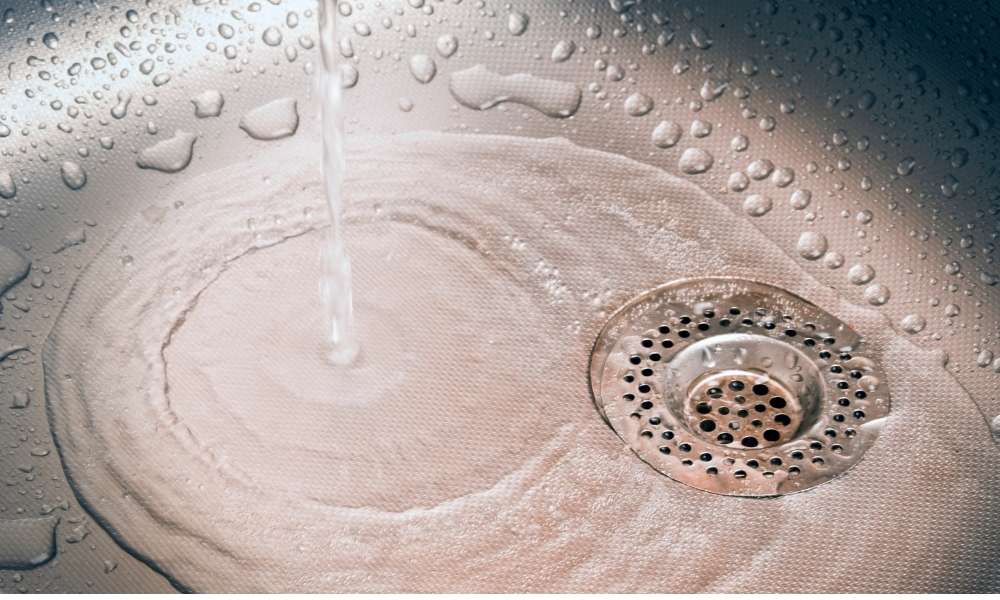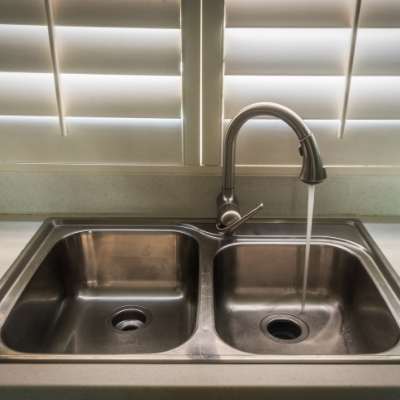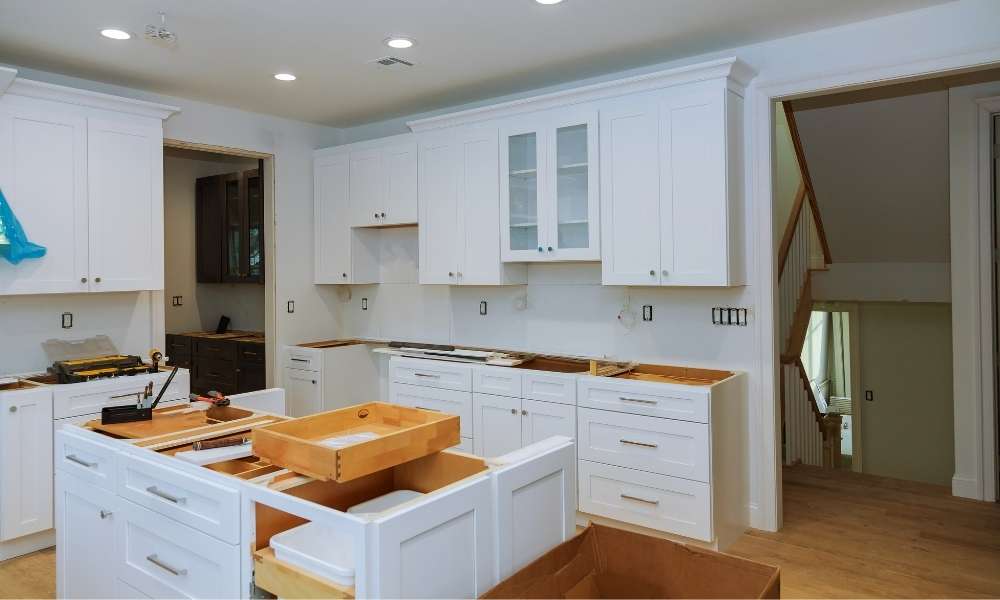Your kitchen is one of the most important rooms in your home. It’s where you cook meals and gather with family and friends. So, it’s important to choose a kitchen sink that fits both your needs and your style. Keep reading to learn more about the different types of kitchens and how to pick the perfect one for your home.
Find The Best Kitchen Sink Size
Choose A Kitchen Sink. When it comes to finding the best size, there are a few things you need to take into account. The first is the size of your kitchen. If you have a small kitchen, you don’t want a huge one taking up all the counter space. On the other hand, if you have a large kitchen, you’ll want to consider a larger size. Find the best size by starting with your countertop space.
Next, you need to think about how much food prep you do in your kitchen. Do you spend hours chopping vegetables and fruits? If so, you may want to invest in a large bowl-style single-basin.
Finally, think about how easy it is to clean your current kitchen sink. If you have a difficult time reaching all the nooks and crannies, you may want to consider a smaller size. The bottom line is that there is no “one size fits all” answer when it comes to finding the best size. You need to take into account your individual needs and preferences.
Kitchen Sink Installation Types

There are three main types of Kitchen Sink Installations: drop-in, under-mount, and farmhouse.
Drop-in Kitchen Sinks are the most common type. They are installed by dropping them into a hole in the countertop that is pre-cut to the same dimensions. The lip of the sink hangs over the edge of the countertop and a small bead of caulk is applied around the edge to prevent water from seeping under.
Installation Types, Undermount is attached underneath the Kitchen Countertops themselves. In an under mount installation, no hole needs to be cut in order to install it. It is attached to the underside of the Kitchen Countertop with screws or clips and a small bead of caulk is applied around the edge to prevent water from seeping under.
Farmhouses are a type of Kitchen Sink Installation that is becoming more popular. Farmhouse Kitchen Sinks are installed in the same way as a drop-in, but they have a more traditional look with a deep well and apron front.
Kitchen Sink Material Options
Choose A Kitchen Sink. Material options come in a variety of materials, colors, and finishes. it is important to consider the function of the sink, as well as the style of your kitchen. The most popular materials are stainless steel, porcelain, and granite.
Stainless steel sinks are durable and easy to clean. They come in a variety of finishes, including brushed stainless steel, polished stainless steel, and satin stainless steel. Stainless steel sinks are popular because they are affordable and versatile. They can be used in both traditional and contemporary kitchens.
Porcelain sinks are popular because they are durable and easy to clean. Its sinks come in a variety of colors and finishes, including white, black, and brown. Porcelain sinks are available in both under-mount and top-mount varieties.
Granite material options are popular because they are beautiful and unique. Kitchen sinks made of granite can be expensive to install; however, once installed, they will last for years. Made of granite is available in a variety of colors and finishes, including white, black, and brown. Sinks made of granite are both under-mount and top-mount varieties.
Number Of Basins Sink
The number of basin sinks greatly impacts the efficiency. A larger number of basins allows for more dishes to be cleaned at once, making the task less time-consuming. Additionally, a divided sink prevents food and dirty dishes from crossing paths, which can help to keep your kitchen cleaner overall. If you are looking for a new one and your set of dishes are constantly multiplying, you may want to consider a divided sink when shopping around.
A divided sink has multiple basins that separate the food and unwashed dishes from clean dishes and dishwashing water. This one-sided design allows users to quickly wash their dirty dishes in one basin without worrying about making a mess of the clean dishes. The basins can be of different sizes, making them ideal for different tasks. For example, a small basin can be used for washing fruit and vegetables, while a larger one can be used for soaking pots and pans.
Sink Drain Placement

Placement is an important step when it comes to the installation of a kitchen sink. Its drain placement, in particular, is just as important because if placed incorrectly, water will not flow efficiently and most likely leak or become clogged at some point. Drain placement can be difficult if you’ve never done it before but with these tips, you can do it like a pro.
The first step to take when deciding where to place the drain of your kitchen sink is to decide what kind of sink will be used; under-counter or drop-in. Drop-in sinks are placed inside the countertop and surrounded by grout lines. Undercounter sinks are installed underneath the countertop. Sinks are typically installed so their drain is facing the wall opposite the spout.
It’s also common to have two drains at opposite ends of a long sink rather than one centered drain. Sink placement can be challenging if you don’t know what you’re doing but with this information, it’ll be second nature.
How To Choose A Kitchen Sink: Number Of Faucet Holes Sink
When it comes to sinks, there are a variety of different options to choose from. One of the most important decisions you’ll make when selecting a sink is deciding on the number of faucet holes. Faucet holes are the openings in the sink that your faucet will attach to.
If you’re not sure how many faucet holes you need, check out our guide below:
One Hole Sinks:
One-hole sinks are a great way to save space and time. If you can’t easily reach the back of your sink, you might want to consider adding an extra hole so that both sides of your sink are accessible. One-hole sinks are also great for smaller bathrooms since they give you fewer places to clean.

Two Hole Sinks:

For most real-world applications, two holes work well. The extra hole gives you the option of using a faucet with separate hot and cold controls, like this one from Danze. This is an especially useful feature if you’re in the market for a new faucet since some of them can cost upwards of $1,000.
Two-hole sinks are also great if you don’t want to sacrifice your extra hole for separate hot and cold controls. All Glacier Bay two-hole kitchen sink faucets offer both side sprayer and soap dispenser functionality.
Three Hole Sinks:
If you’ve got a lot of counter space and want to use it, go for a three-hole sink. This will give you plenty of room to work. You can also install a pot filler faucet if you have the need. A three-hole sink is also a great choice if you want to install a water filtration system since most of them require three holes.
Four Hole Sinks:
If you’re looking for a luxurious touch, a four-hole sink is a way to go. Choose A Kitchen Sink. This type of sink can come in a variety of different shapes and sizes, making it perfect for any kitchen. Four-hole sinks also provide plenty of space for a busy cook.
Conclusion
The kitchen sink is a vital component of any functional and efficient kitchen, so it’s important How To Choose the best one for your needs. Your choice should depend on how you intend to use the sink as well as what kind of space you have available in your home or business. We hope this blog post was able to help guide you through some of the most common features and benefits that come with different styles and we’re confident that whichever one you choose will be perfect.




